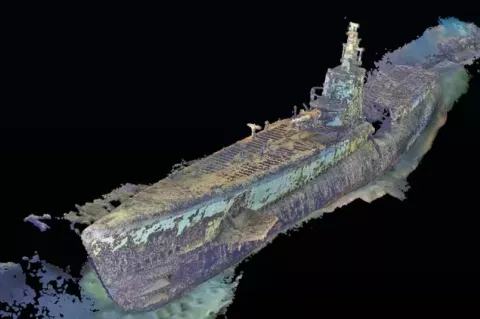Abort! A Dive Truncated…
There are times when conditions on a dive may become challenging, and divers must decide whether to abort the dive. Simon Pridmore offers insights and advice on how to handle such situations and how to abort dives in a safe way.






